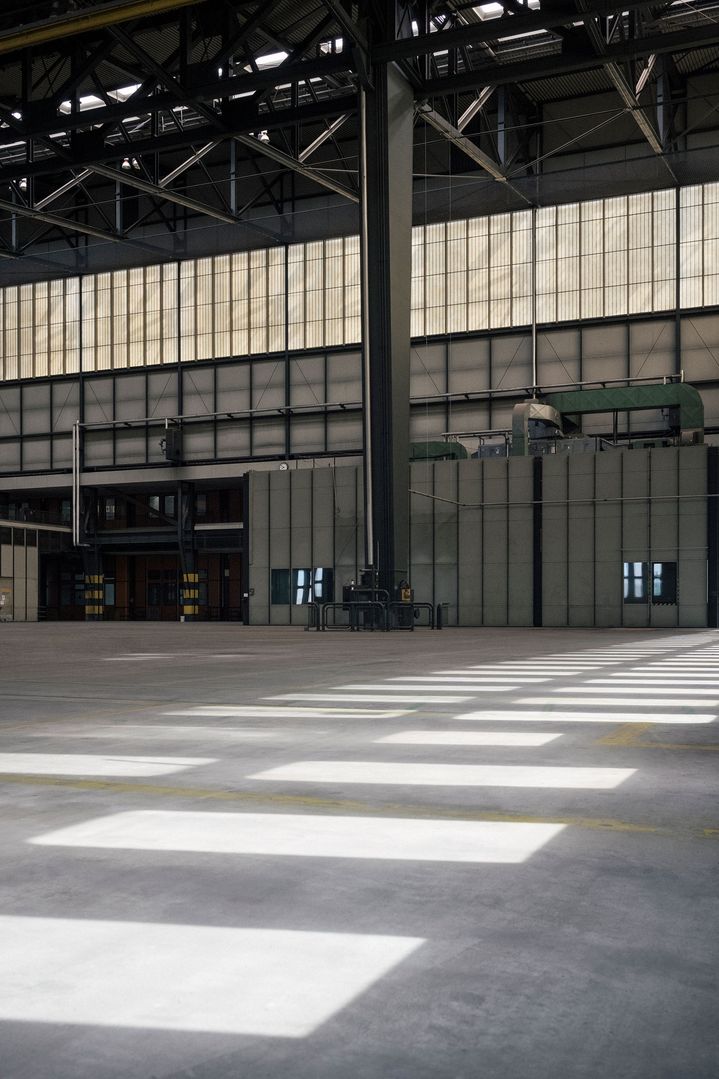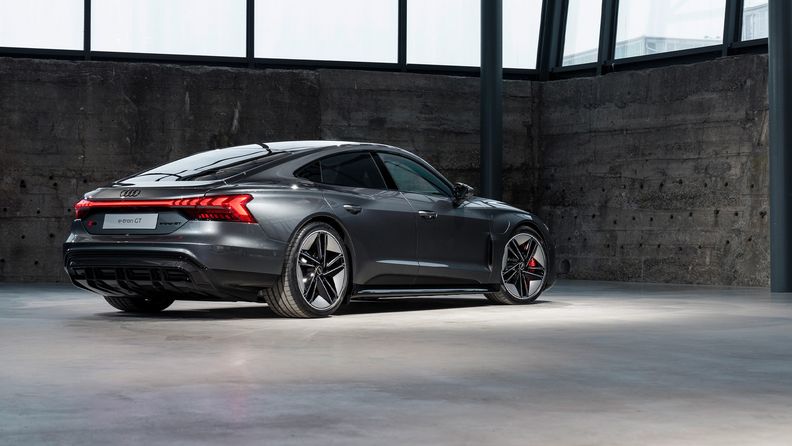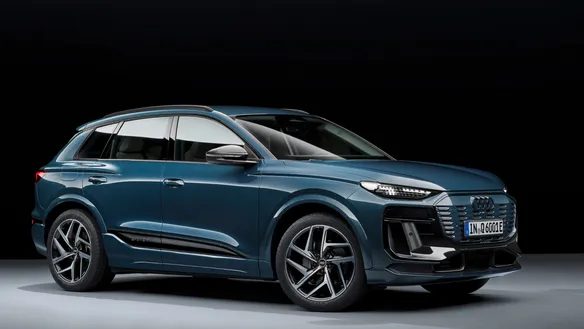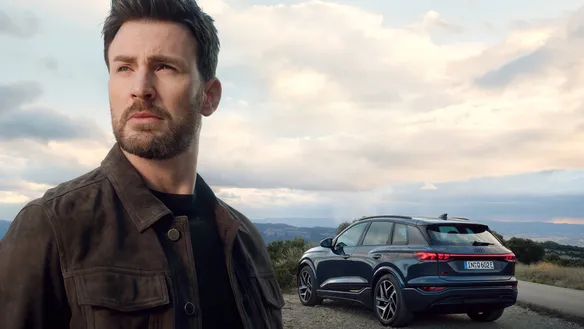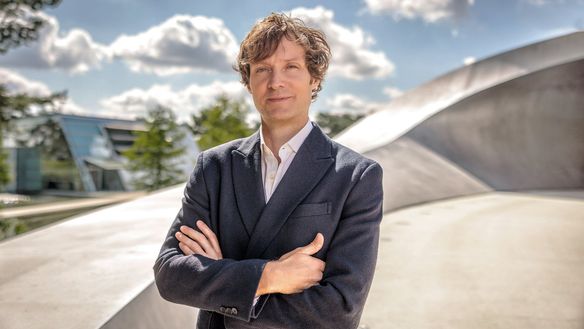Architect of the future
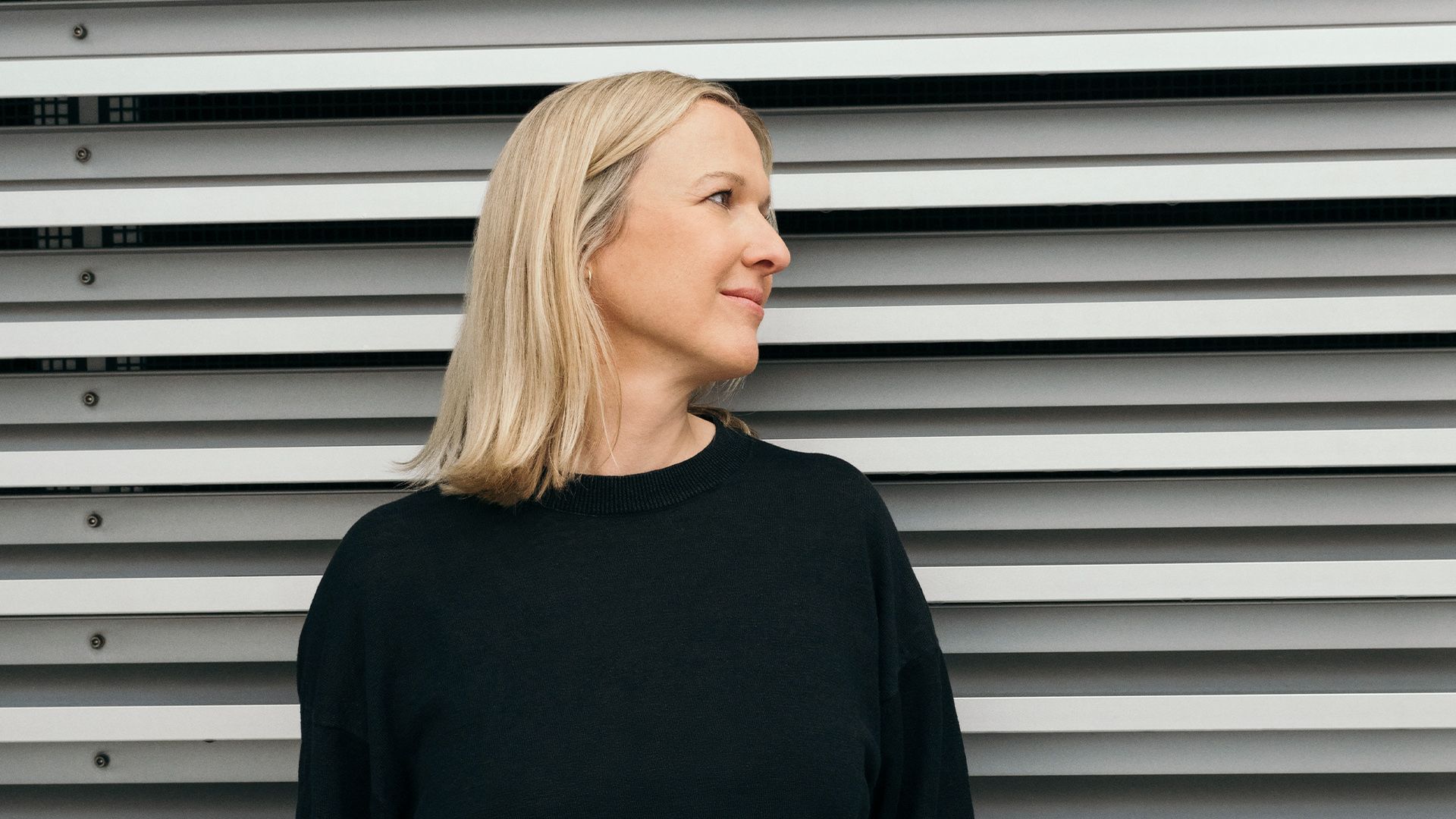
Audi is a founding partner of the Greentech Festival (GTF), which focuses on sustainable lifestyles. When the event opens its doors at the former Berlin Tegel Airport this year, the carmaker will showcase its vision of tomorrow’s mobility in keeping with its Vorsprung 2030 strategy. Although Silja Pieh is regarded as the strategy’s architect, the business administration and economic geography graduate is quick to point out that Vorsprung 2030 is not a document drafted by external consultants. Instead, it arose out of input from the Audi 500+ team – an employee collective with representatives from each of the company’s divisions as well as the Chinese and U.S. markets.
Ms. Pieh, first off, what does a strategy entail?
Basically, a strategy lays out a roadmap to achieve a distinct goal in the future. In order to serve as a springboard for a recommended course of action, it must focus on a long-term approach and be couched in specific, easily comprehensible language. In other words, Vorsprung 2030 aims to put Audi on the strongest possible footing in the coming decade.
What shape and form do you think mobility will take in 2030?
Although highly automated driving is often mentioned in this context and I’m a firm believer in its potential for the future, I don’t want to single out any one technology. I expect that, by then, battery-powered electric vehicles will have gone mainstream. For them to serve as a much needed lever in reducing the mobility sector’s greenhouse gas emissions, we require a sufficiently extensive network of charging infrastructure to supply them with green electricity. I’m optimistic that we can put this in place.
Together with some 500 employees from every step on the corporate ladder, representatives from the Chinese and U.S. markets as well as external experts, Audi spent months analysing more than 600 global mobility industry trends that could have a bearing on the company by 2030. Based on the findings, the Four Rings pinpointed strategic spheres of activity, one of which was the decision to focus exclusively on developing all-electric vehicles from 2026 onwards and phase out internal combustion models by 2033.
“Rather than a sustainability strategy, what’s needed is a sustainable business strategy.”
To develop the strategy, you analysed hundreds of global trends. Were there any surprises?
I was struck by how premium customers continue to set great store by vehicle ownership – despite all the talk of shared mobility. More than ever, people regard and value their own cars as spaces that add to their personal quality of life. This has further vindicated our belief that the Four Rings’ mobility offerings must be both sustainable and customisable.
So, going forward, it would be difficult to set yourself apart solely on the basis of sustainability?
When we conducted our extensive interviews with customers and employees about the values that continue to resonate with them, sustainability was by far the most important one. But you need to take an all-round view of the concept. That’s why we conceived sustainability as an integral component of the 360-degree Vorsprung 2030 corporate strategy right from the start. This spans everything from vehicle or drive concepts through the supply chain to social responsibility and the increasingly important concepts of circular economy.

You will personally be taking up the topic of circular economies at the GTF. How does this fit with the festival?
Especially when it comes to cutting CO2 emissions, we consider not only the use phase but also the entire vehicle life cycle. By harnessing circular economy concepts in the production of high-voltage batteries, for example, we can reduce our dependence on certain raw materials and global supply chains. With the help of modern technologies, we maximise recycling rates and strive to reuse resources. In our mission statement, we describe this as “meaningful technology to keep the world in motion.”
That makes a lot of sense, especially as the GTF also aims to spotlight technological solutions.
Exactly. At Audi, we believe in technology – not engineering for the sake of going higher or faster but rather purpose-driven solutions that make a valuable contribution.
At the end of the three-day festival, what takeaways do you have for your work?
More than anything else, the festival is a think tank and an opportunity for intensive dialogue with committed but questioning stakeholders. What’s more, the ideas that the exhibitors present on a wide variety of topics are a fertile source of intellectual inspiration, which enriches our strategy process.
Audi x Greentech Festival
From 22–24 June, Berlin will host the fourth staging of the Greentech Festival. This year marks the first time it is being held at the former Berlin Tegel Airport. As a founding partner who came aboard in 2019, Audi is not only an active festival organiser but also a participant. For more on this year’s event and the flanking Green Awards, go to www.greentechfestival.com
“More than anything else, the Greentech Festival is an opportunity for intensive dialogue with committed but questioning stakeholders.”
How do you know for sure whether a strategy or course of action is the right one?
As a rule, a strategy should be robust and derived from sound megatrends. In the final analysis, however, we’re talking about future projections and uncertainty is part and parcel of that. For Vorsprung 2030, we looked ten years ahead, and it goes without saying that things can change in that time. We keep an eye on that and, of course, respond as needed. That said, it is important to stay the course as far as possible and refrain from making permanent deviations. Sometimes, we just have to weather certain developments.




